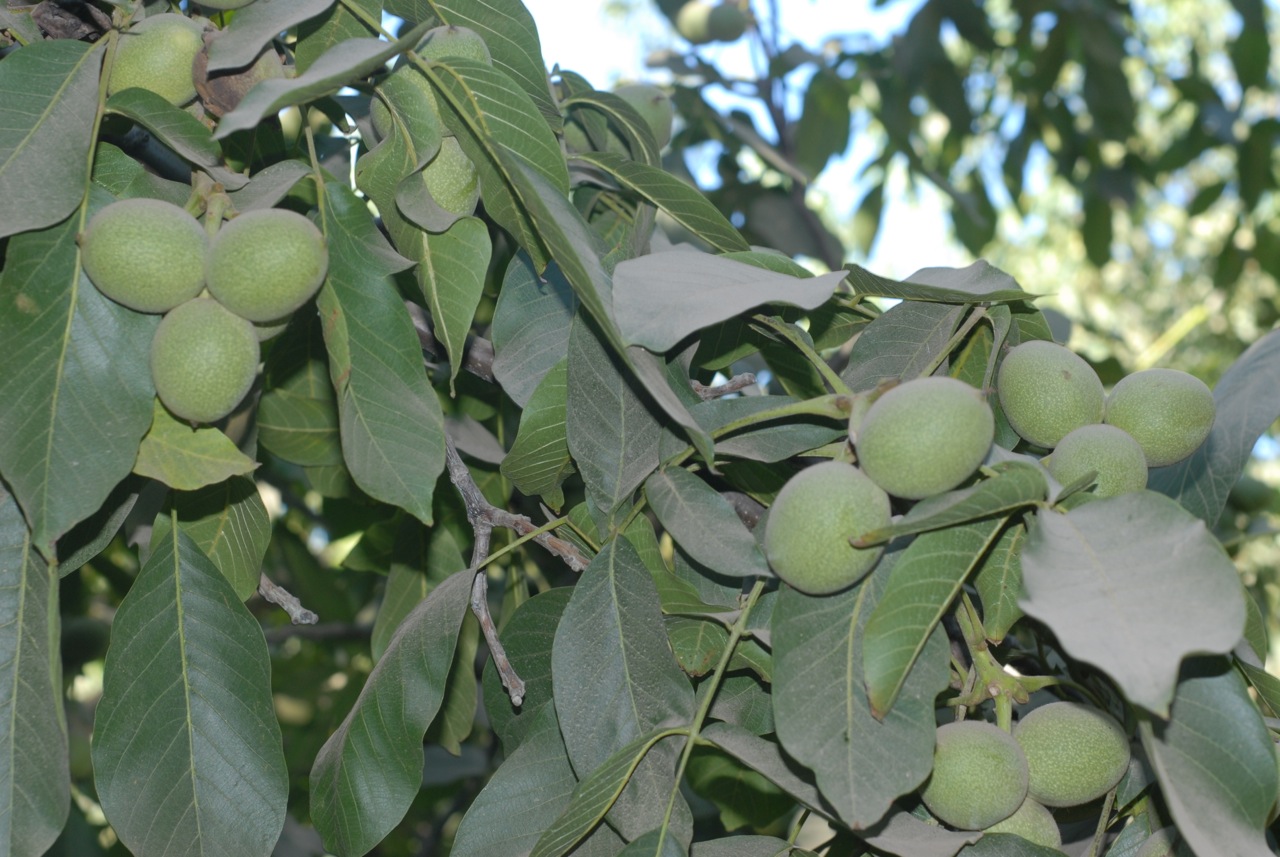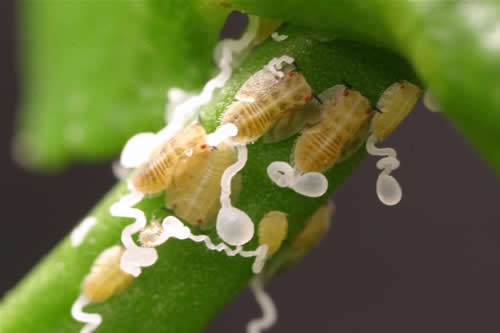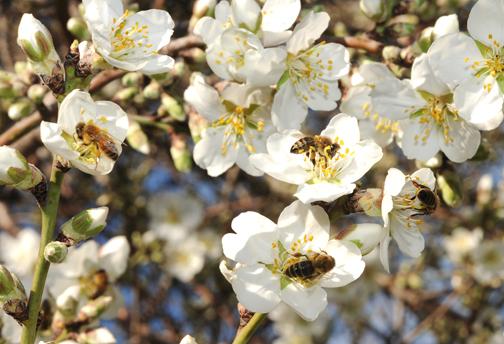Want to be happier? Eat your Fruits and Vegetables!
(Sources: Silver Lining Psychology blog and cited original research sources, all linked in the text; Photo credit)
When you were a kid, did your parents urge you to eat your vegetables? Did they reason that eating vegetables was part of a nutritious diet that would help to make you big and strong? What they didn’t know at the time, was that a well-balanced vegetable-rich diet also contributes to people feeling happier and attaining greater emotional wellbeing, and research supports this finding.
***
The Psychology Department at the University of Otago in New Zealand asked 281 young people in 2013 to complete a 21-day online food diary. Head researcher, Dr. Tamlin Conner, said, ‘On days when people ate more fruits and vegetables, they reported feeling calmer, happier and more energetic than they normally did.’
Further analysis demonstrated that young people would need to consume approximately seven to eight total servings (the size that could fit in your palm, or half a cup) of fruits and vegetables per day to notice a meaningful positive change. Furthermore, eating fruits and vegetables predicted improvements in positive mood the next day, suggesting that healthy foods may improve mood. (Daily Mail Reporter)
***
In another study, in 2012, of 80,000 British adults found that high emotional wellbeing increased with the number of fruit and vegetables consumed daily. Like the previously-mentioned study, well-being peaked at approximately 7 portions per day.
***
A study of 5,731 Norwegian adults found that individuals who consumed a healthy diet were less likely to be depressed compared to those who ate a more typical Western diet filled with processed foods.
This study also found that a higher intake of processed and unhealthy foods is associated with increased incidence of anxiety.
***
In another study, these same researchers found in 2011 that a balanced and nutritious diet was associated with better mental health in a sample of 3040 Australian adolescents, compared to those who had a diet that was rich in processed foods.
***
The effects of nutrition on mental health may start in the womb, according to a study of the diets of Norwegian mothers during pregnancy and that of their children at various points during their first 5 years. Results showed that babies who were exposed to more unhealthy foods during pregnancy had more behavioral and emotional problems during early childhood.
***
Diet can also affect your cognitive abilities. Researchers provided twenty sedentary men a nutritionally balanced diet or a high-fat diet for seven days. Compared to the control group, the high-fat group showed decreased memory and attention.
***
The bottom line? What you eat not only affects your body, it affects your mind. Make the effort to eat a nutritionally-balanced diet that is filled with natural food sources and low on refined and processed foods. Aim for 7-8 servings of fruits and vegetables a day. Not only will it make you big and strong, it will also make you happier!







 Westlands Water District General Manager Thomas Birmingham issued the following statement on the drought bill passage:
Westlands Water District General Manager Thomas Birmingham issued the following statement on the drought bill passage:




